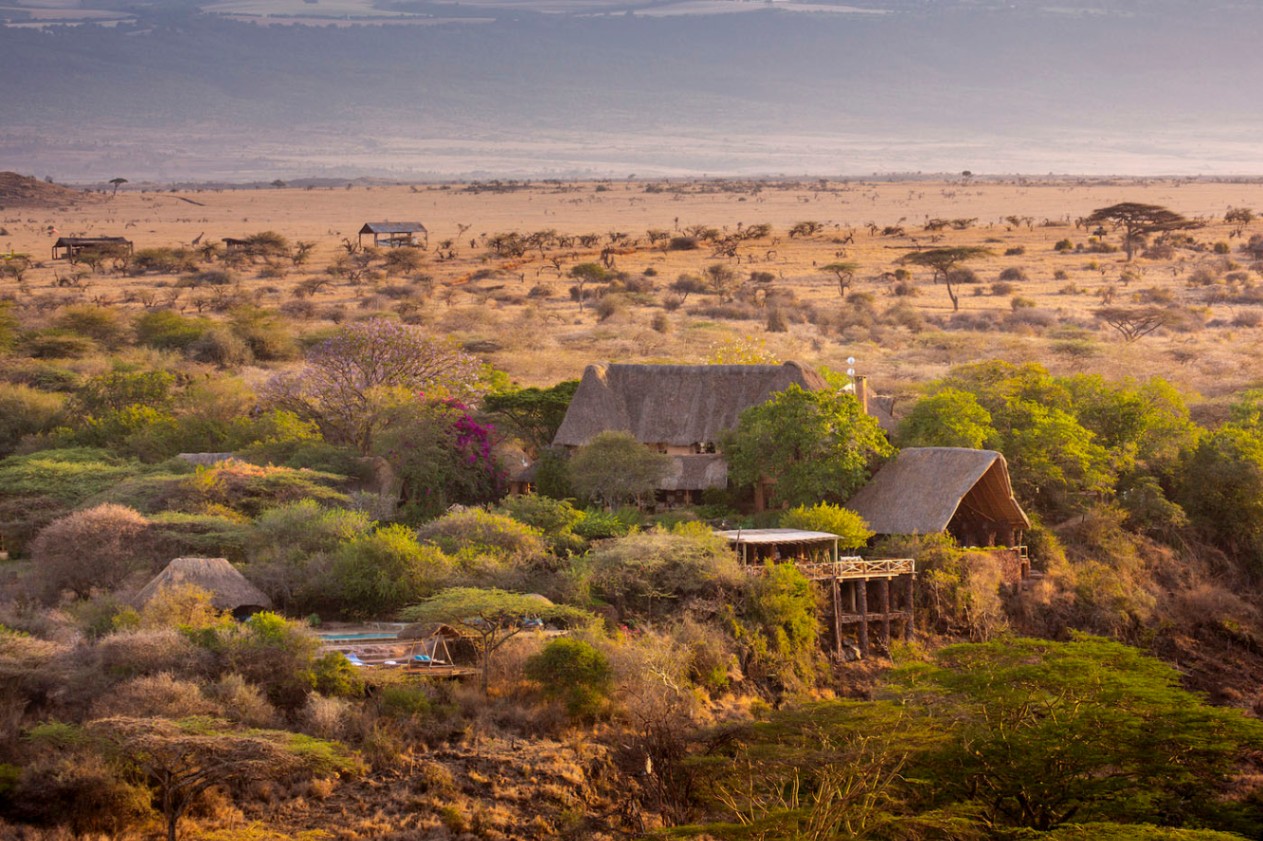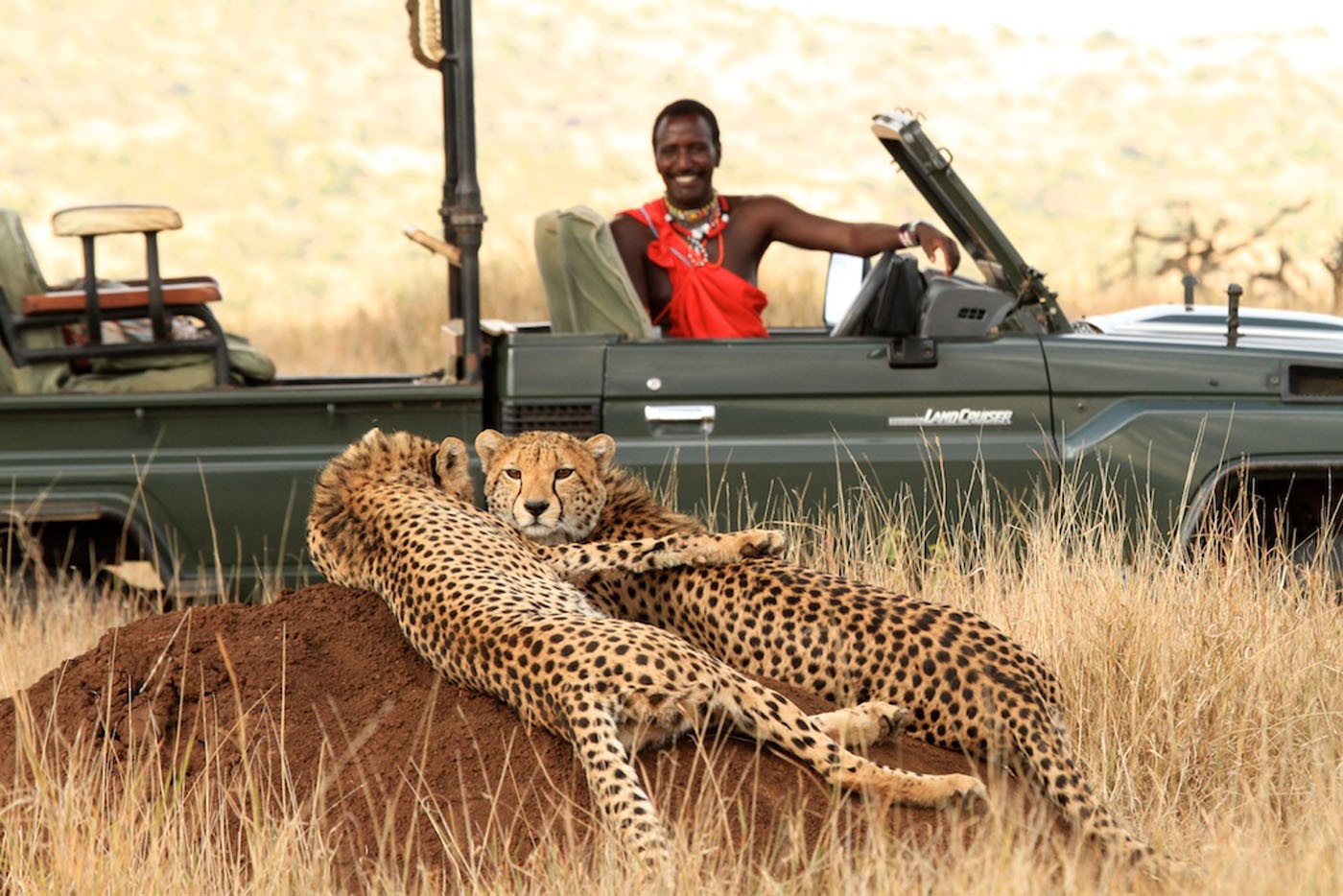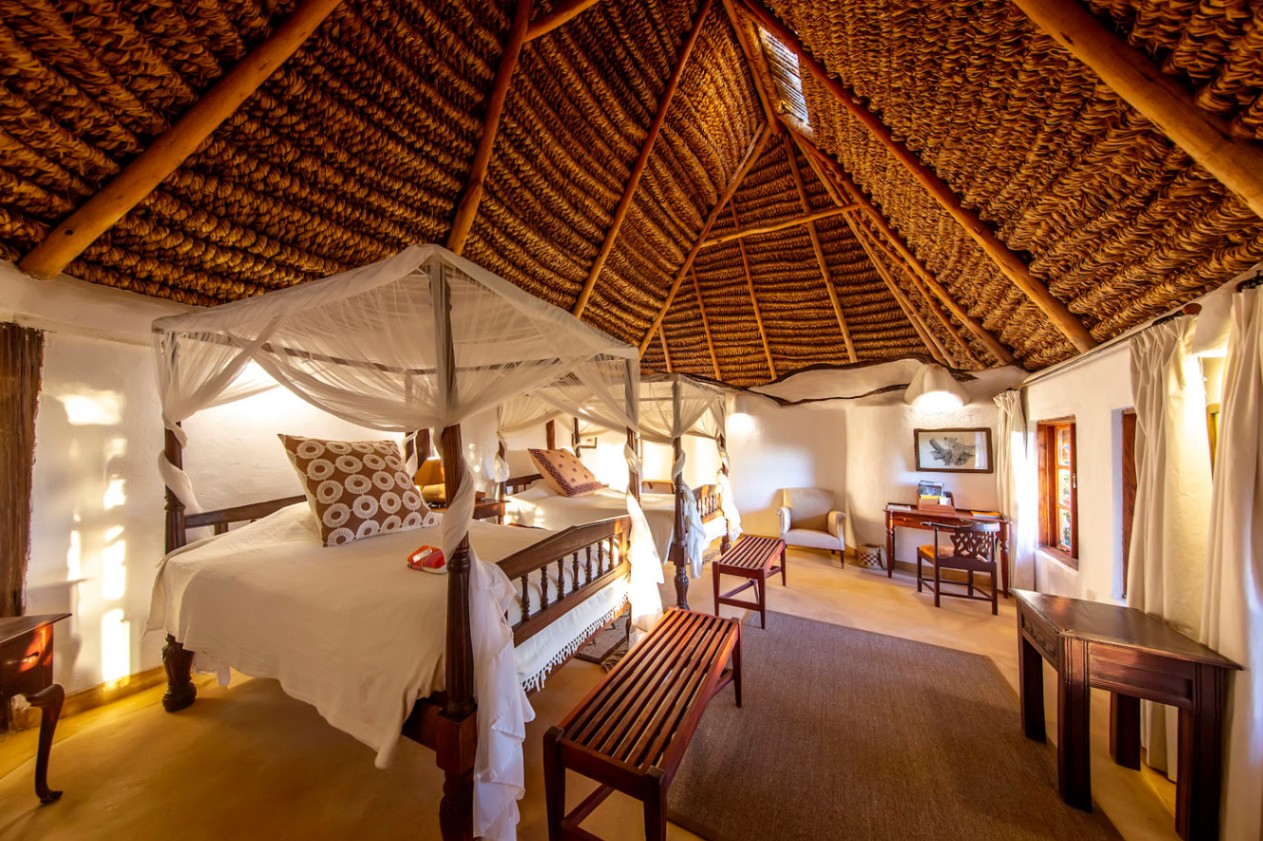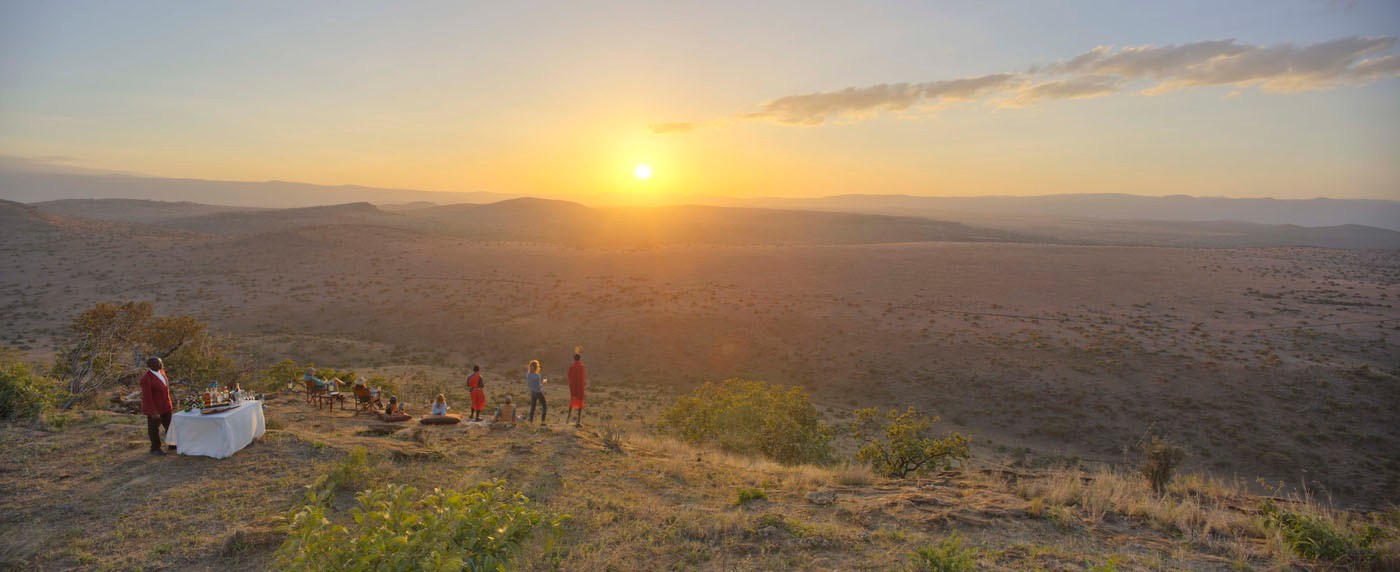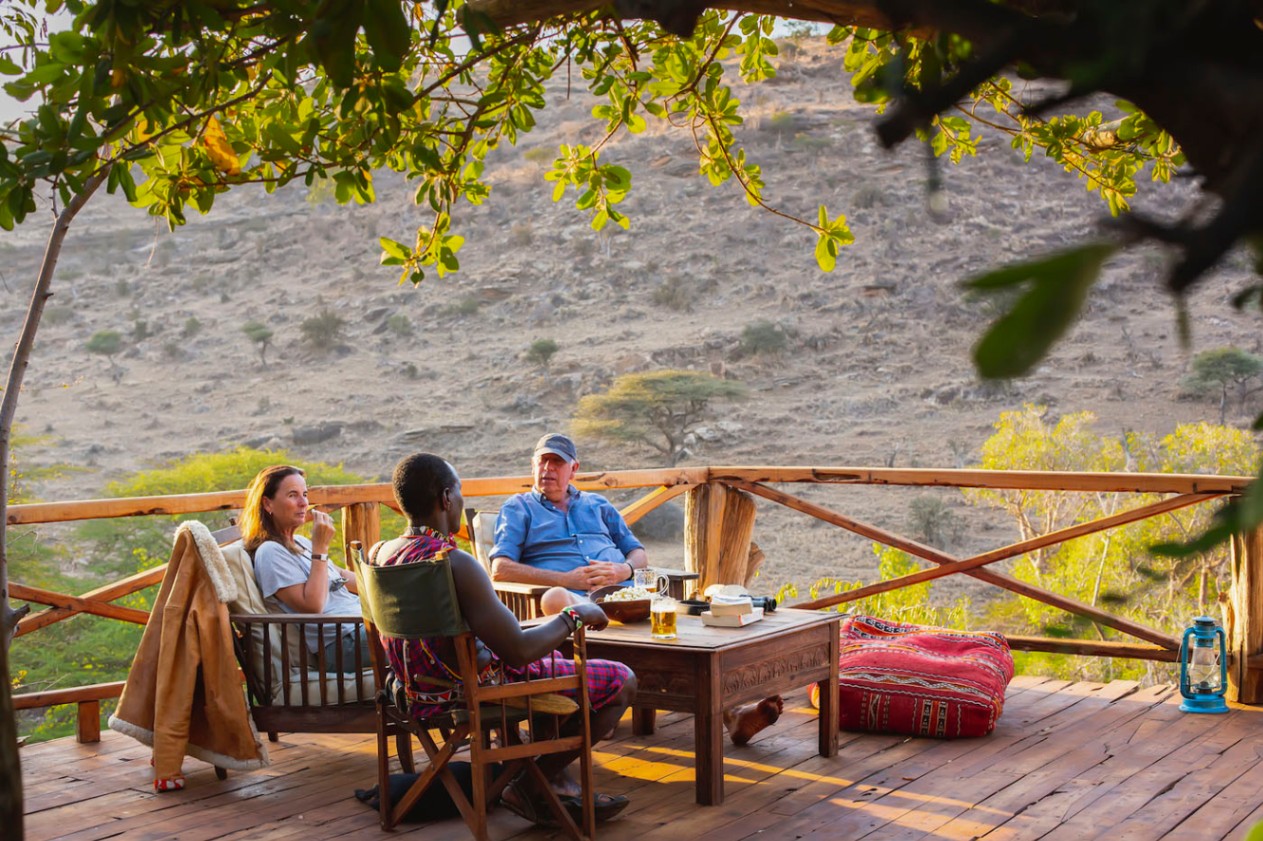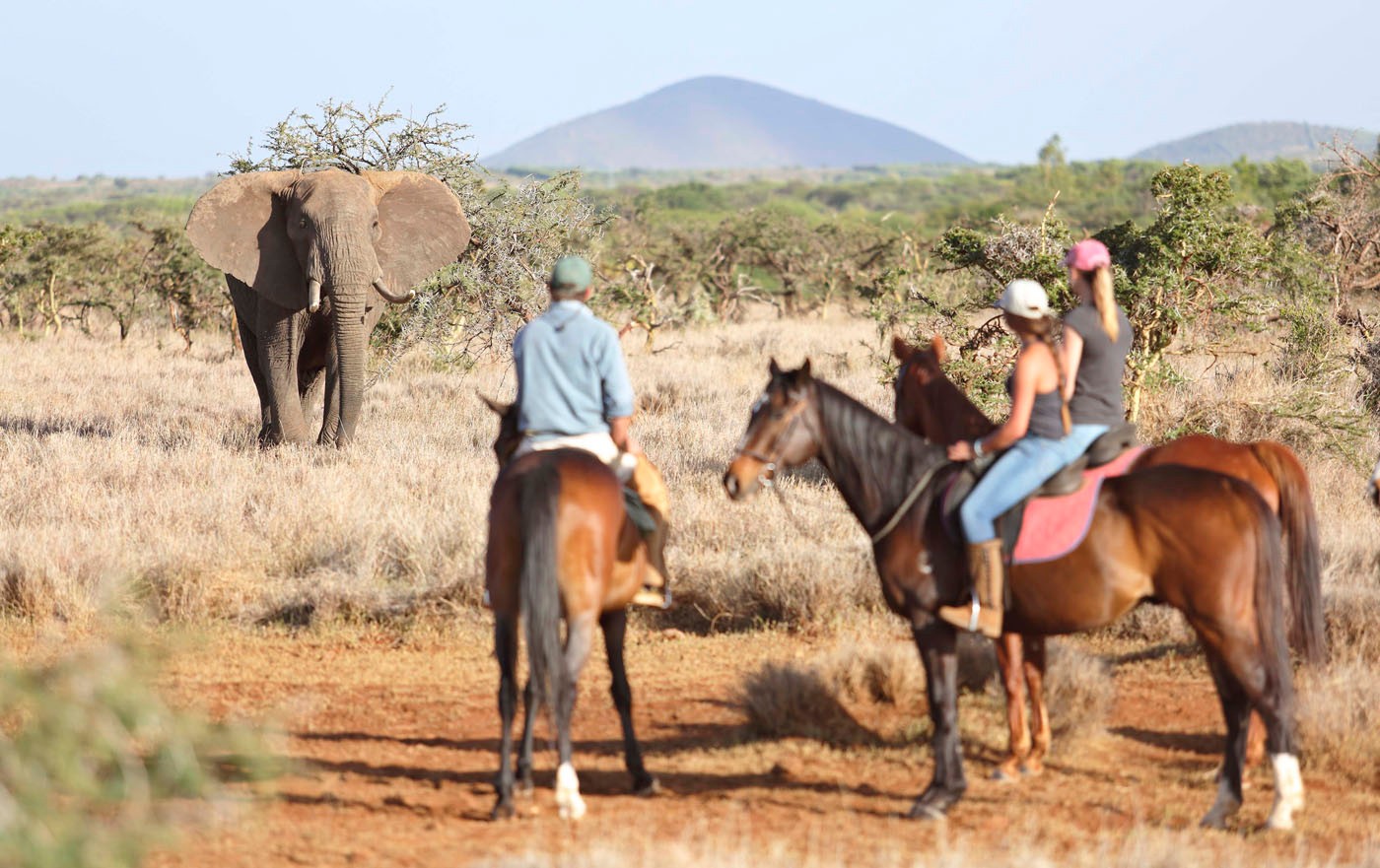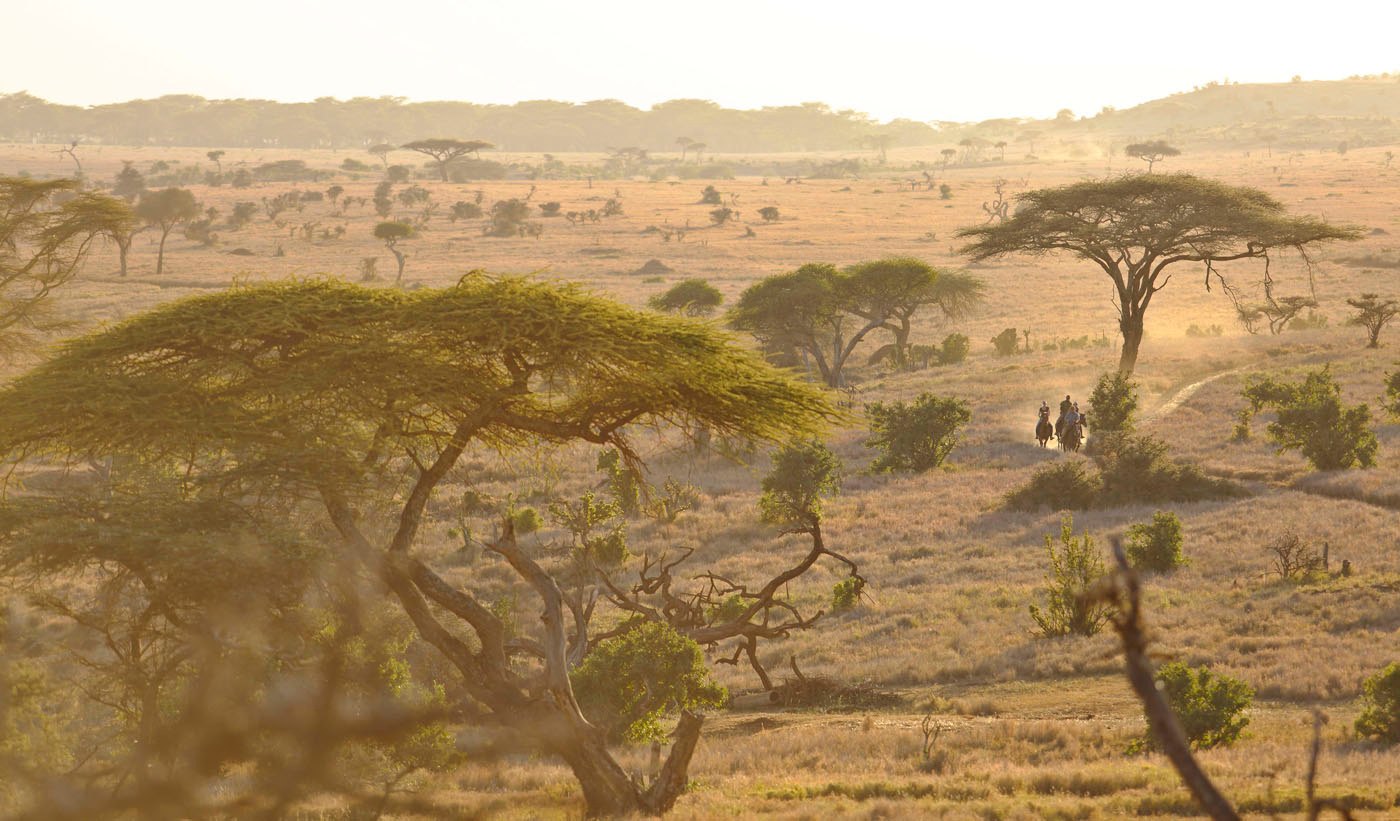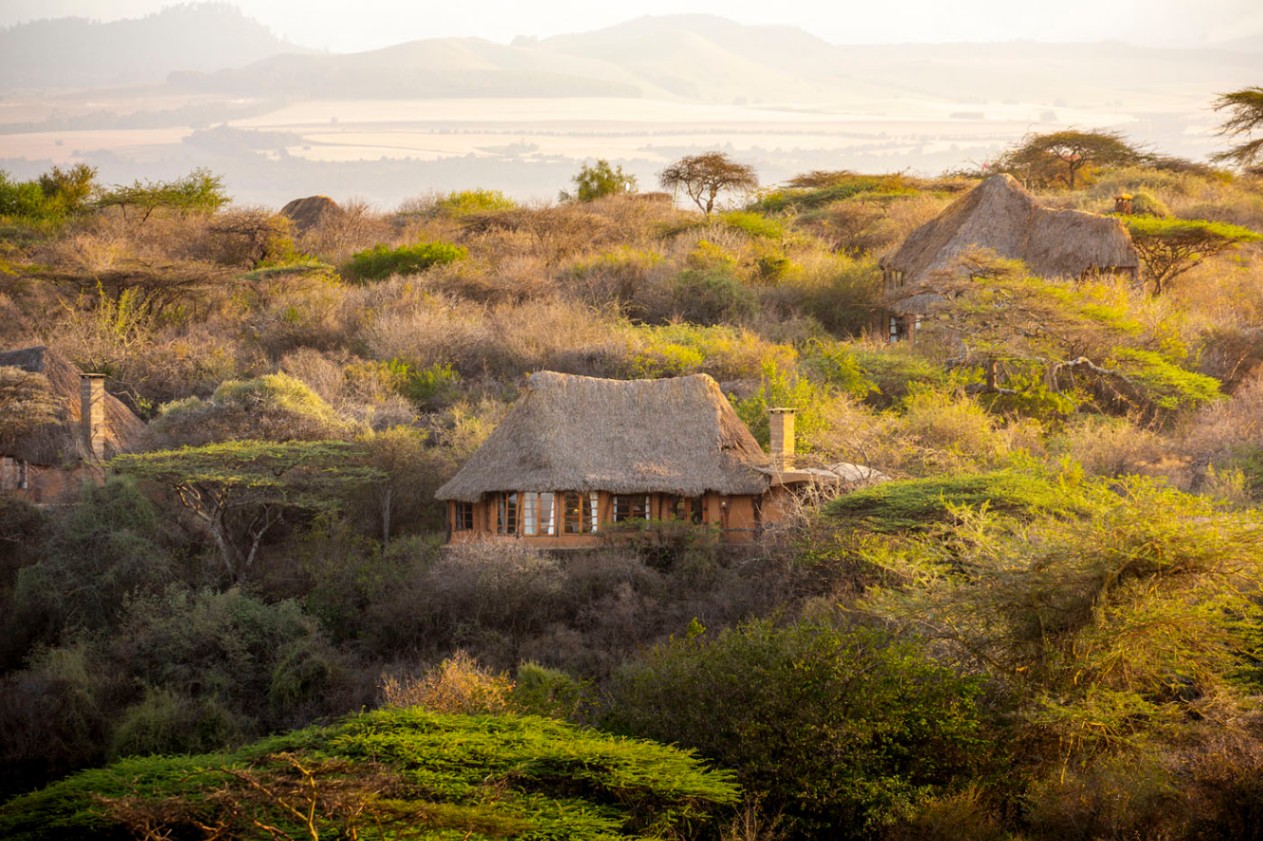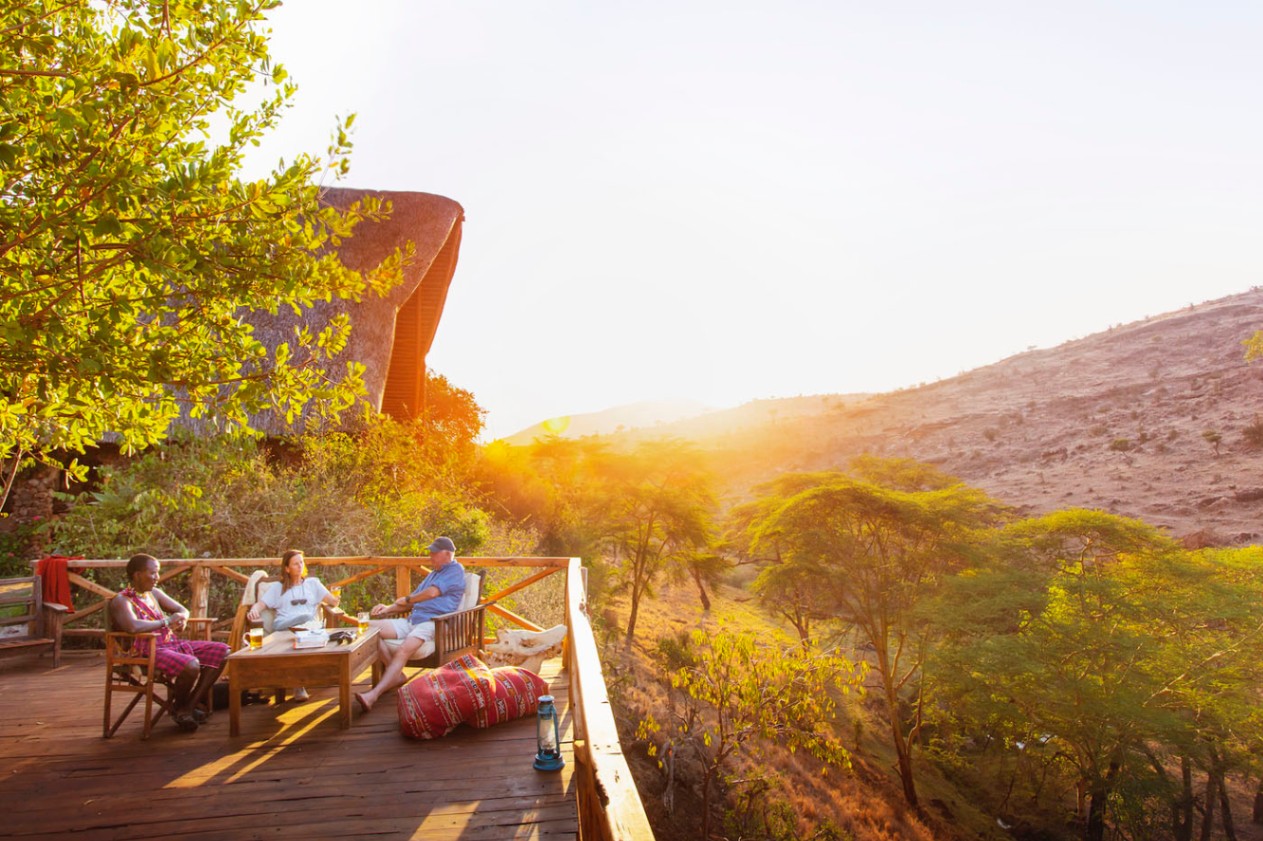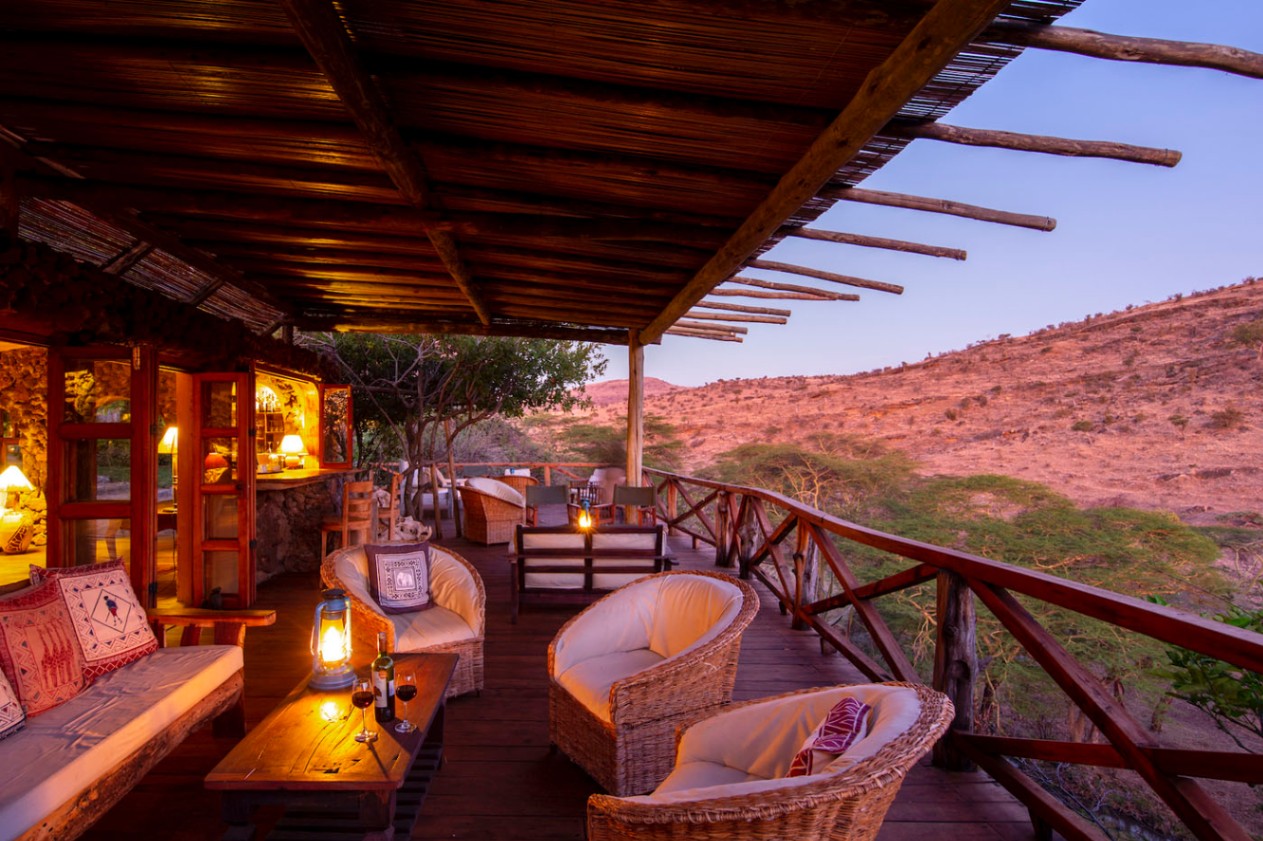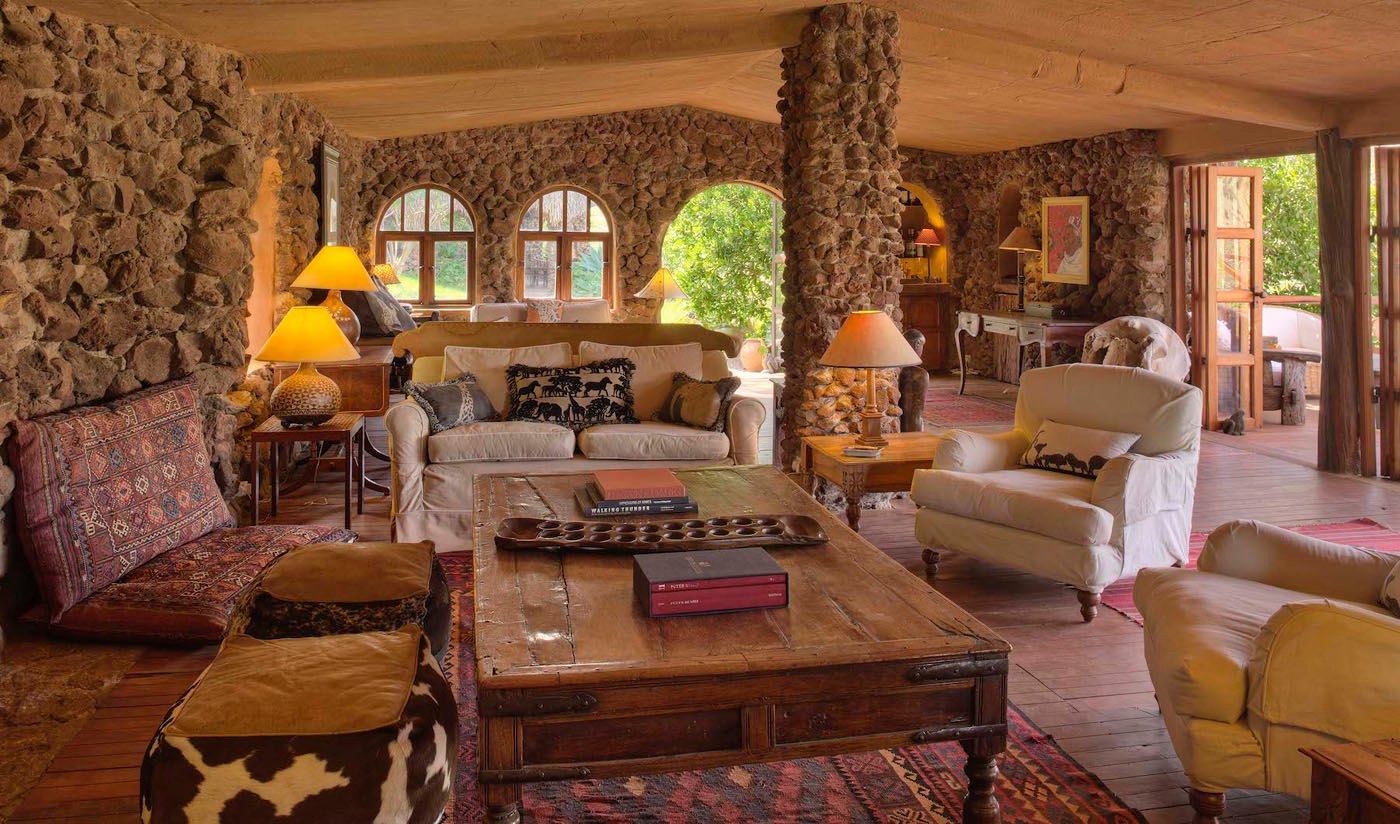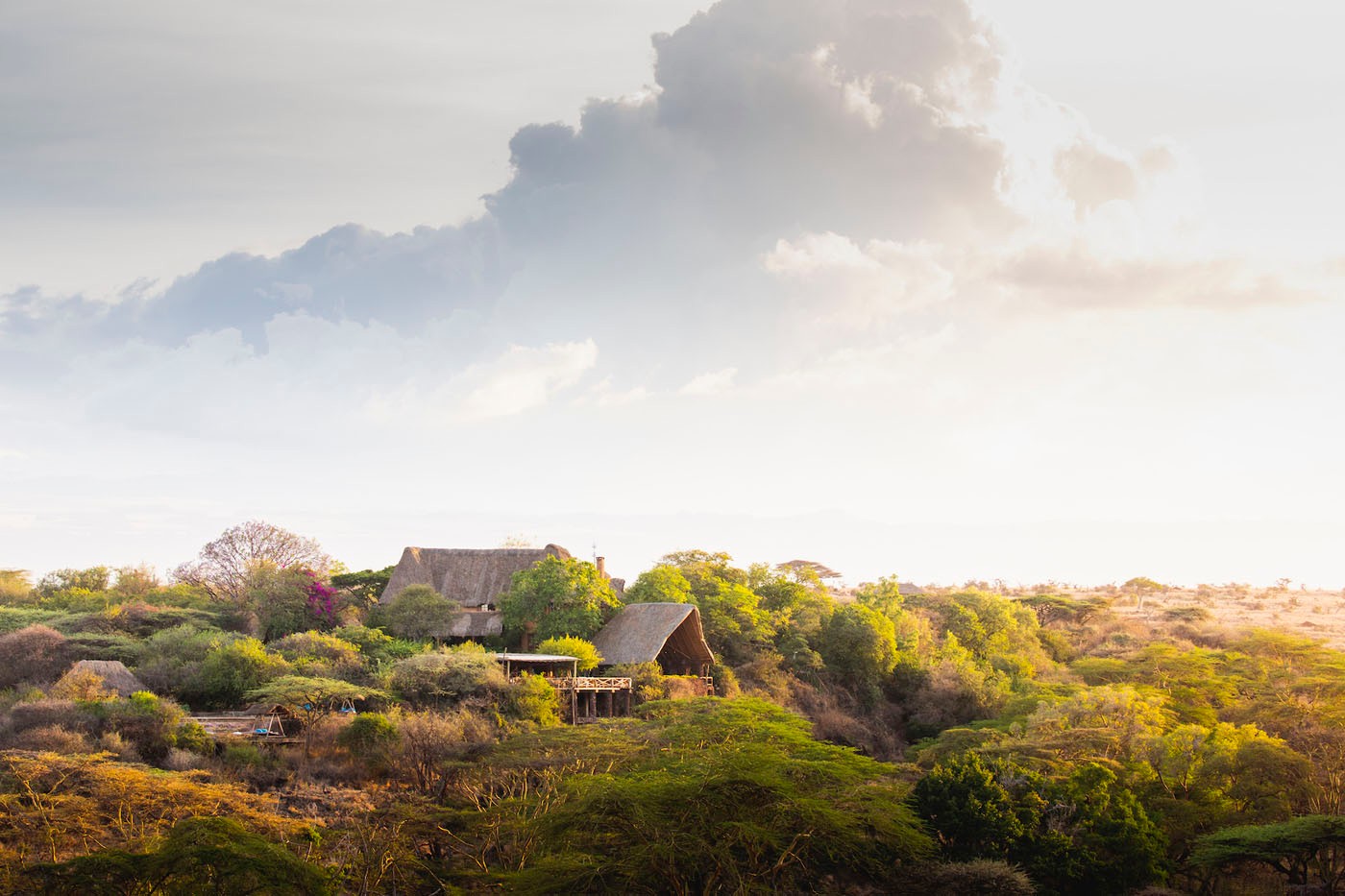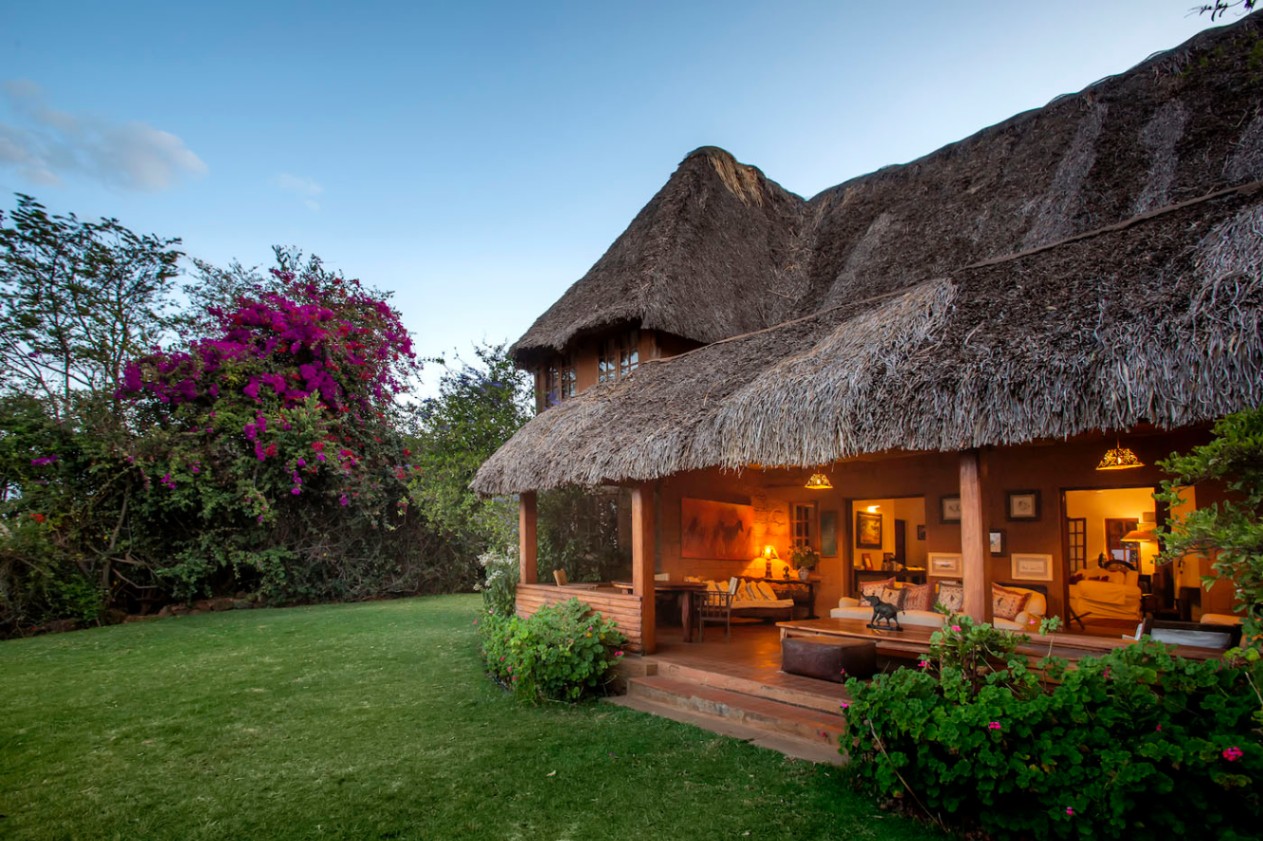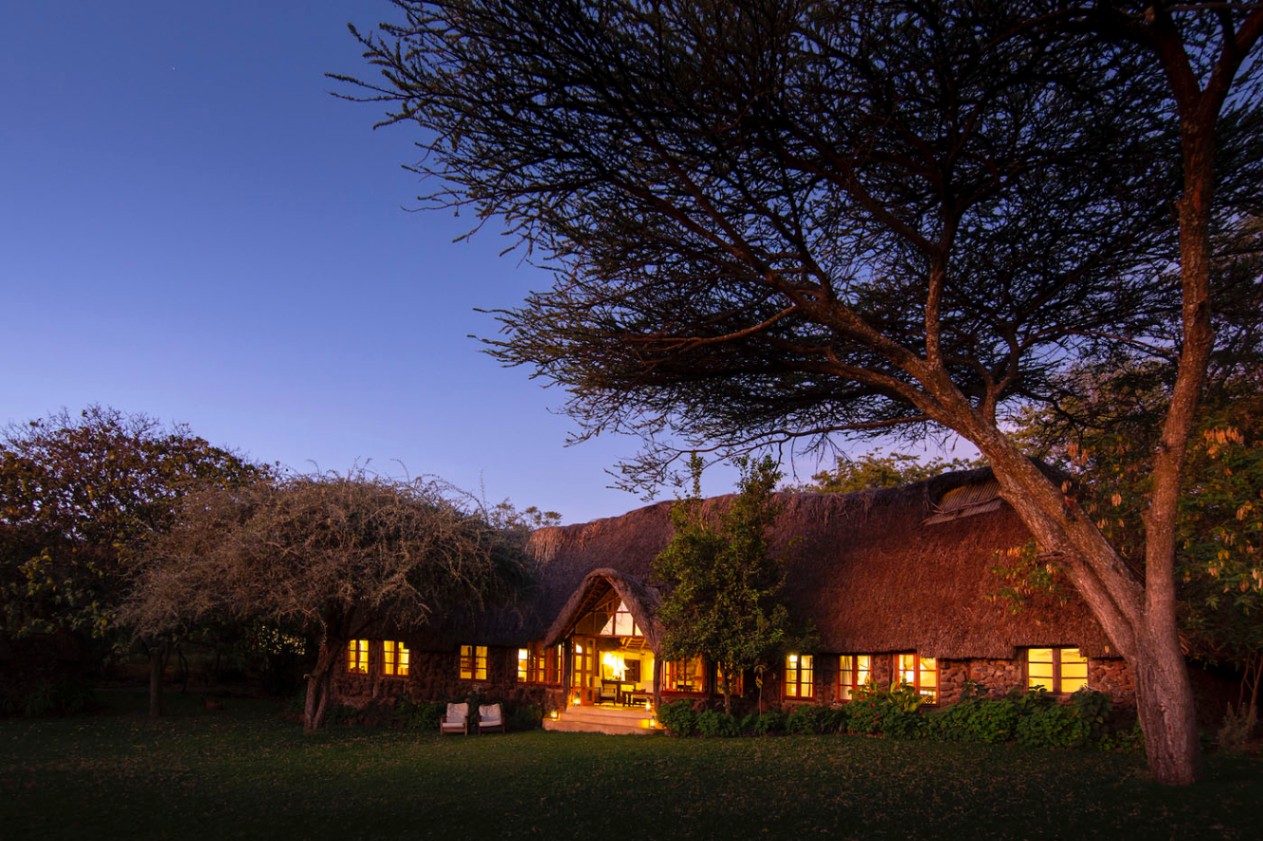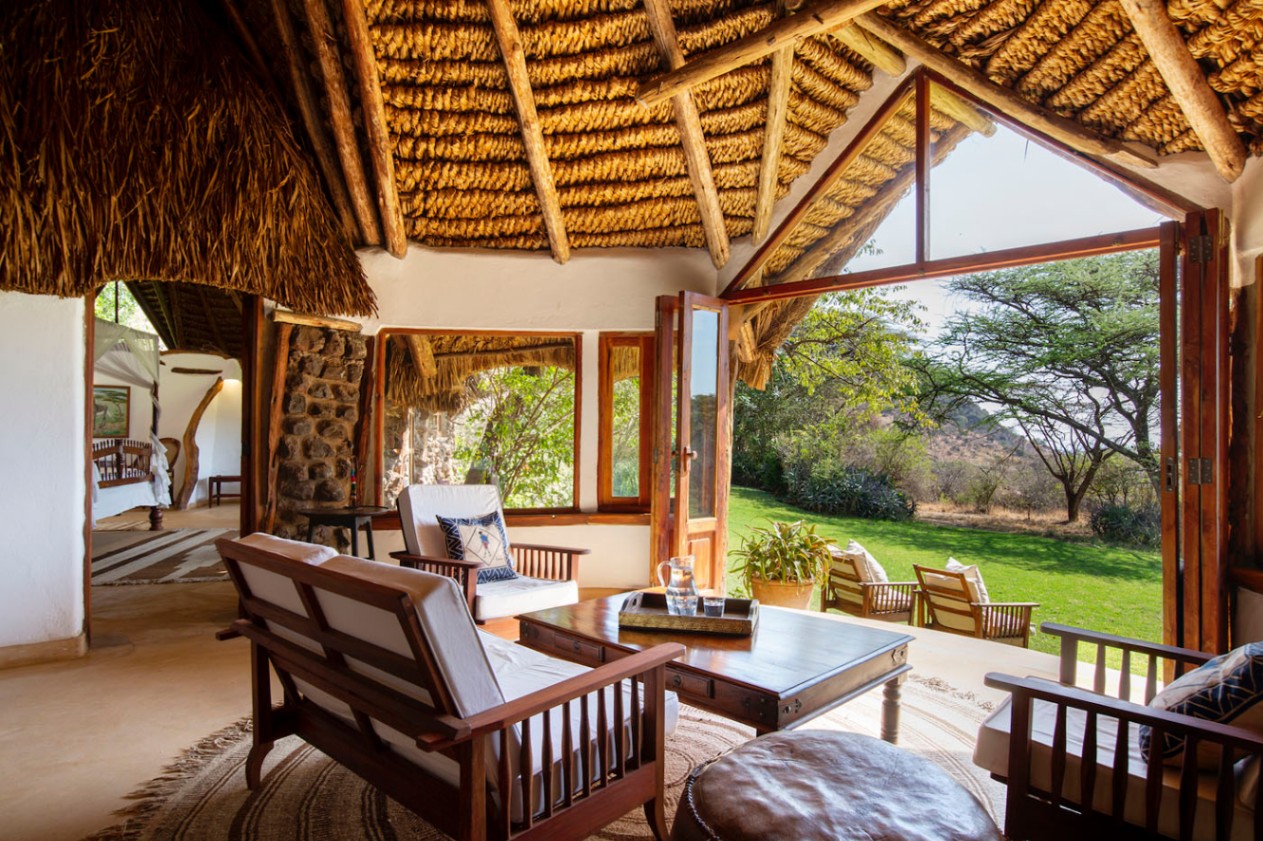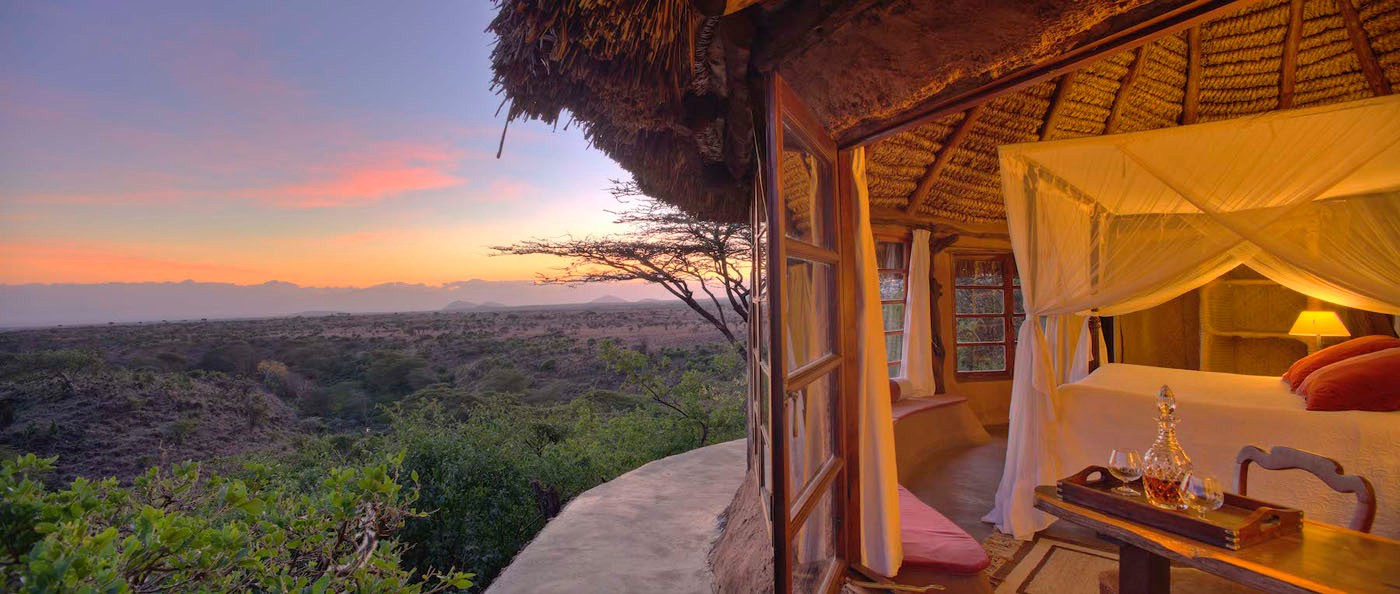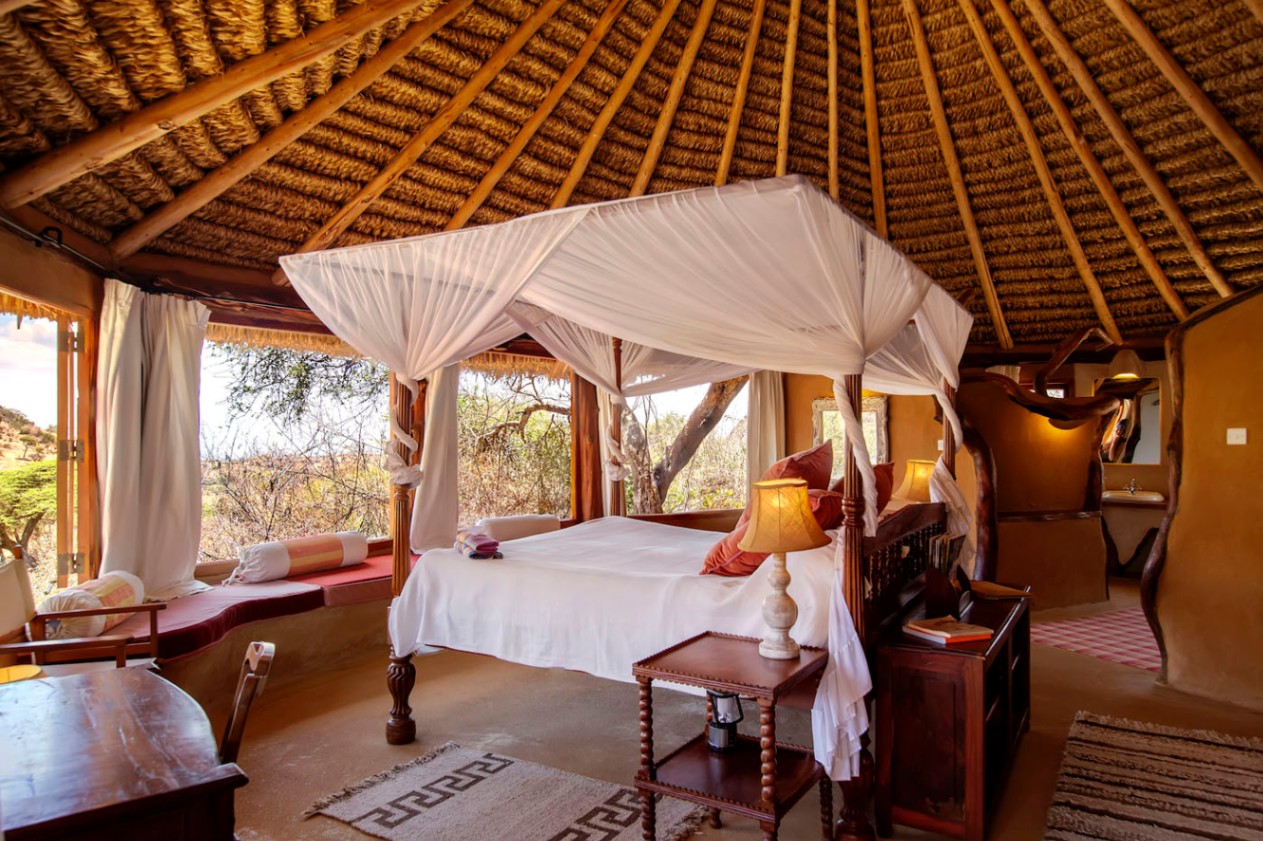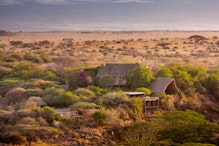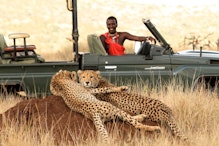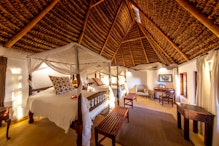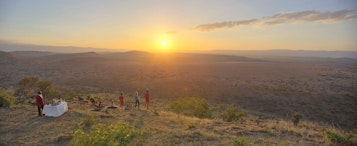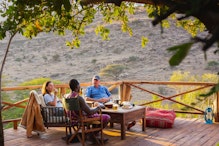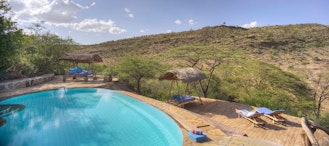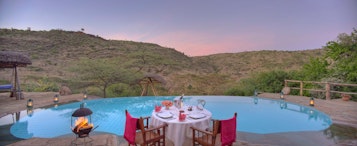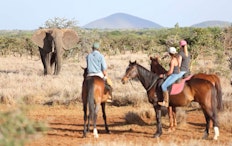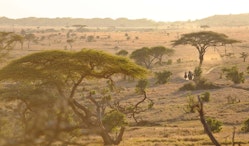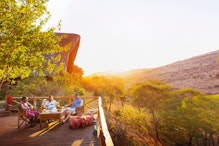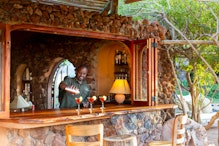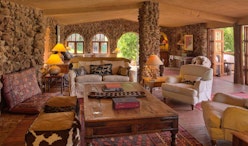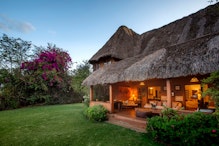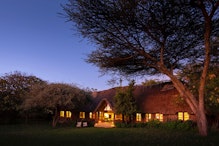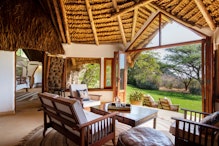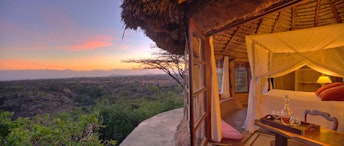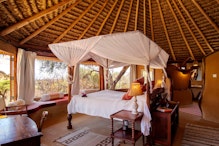1 / 20
Select your dates to reserve
Conservio Trusted Property
Conservio is dedicated to promoting travel that celebrates nature.
Reviews

Fara F.
Stayed at: Lewa Wilderness
Wow!
This place is magical - from the setting to the staff to the accommodations to the food to the every little detail. Everyday we have talked about how words simply cannot do this place justice. Everything they do is about creating the best experience for their guests. Put the Lewa Wilderness on your bucket list now!
Lewa Wilderness is located on the renowned Lewa Wildlife Conservancy in northern Kenya, a private conservancy working as a model and catalyst for the conservation of wildlife and its habitat. Covering 62 000 acres the conservancy is home to a wide variety of wildlife including the endangered black rhino, for which it became known as the leading pioneer rhino sanctuary in East Africa.
Since 1922, the Craig/Douglas family ran what was formerly known as Lewa Downs, as a cattle ranch encouraging the large number of resident wildlife to co-exist with the ranch cattle. In 1972, they began hosting visitors – the first private ranch in Kenya to do so. In 1990, David and Delia Craig retired and their son,
Activities
Location
Lewa Wildlife Conservancy
